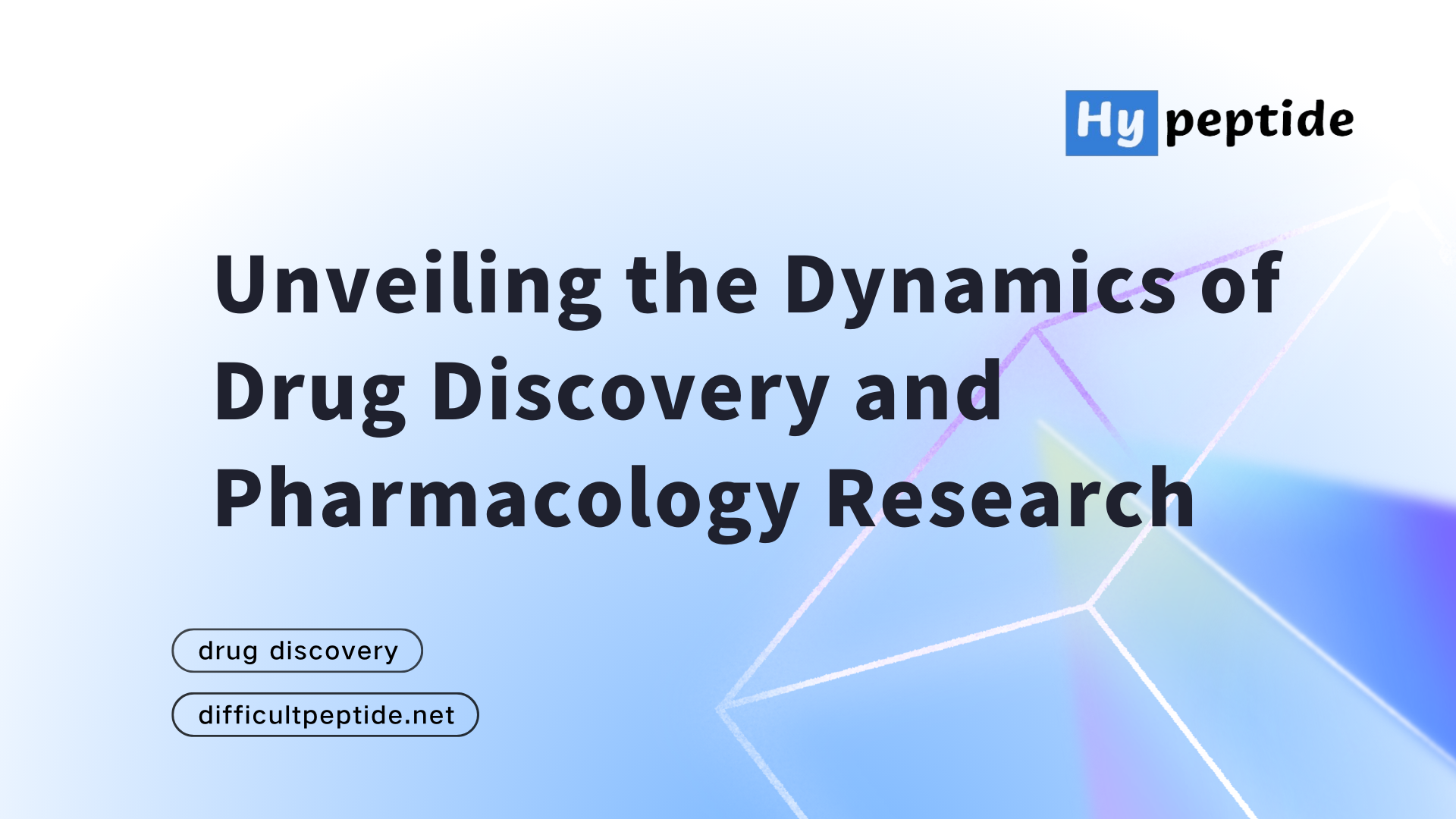
Unveiling the Dynamics of Drug Discovery and Pharmacology Research
Drug discovery and pharmacology research stand at the forefront of scientific endeavors, shaping the future of healthcare. This article delves into the multifaceted landscape of drug discovery, exploring the intricate dance between chemistry, biology, and technology that propels the development of new therapeutic agents.
Introduction
In the quest for novel medicines, drug discovery serves as the linchpin, orchestrating the identification, design, and optimization of compounds that can modulate biological targets. The synergy between computational methods, high-throughput screening, and medicinal chemistry has ushered in a new era of precision medicine.
Target Identification and Validation
Understanding the intricacies of diseases demands pinpointing specific molecular targets. Modern biotechnologies, coupled with advanced genomics and proteomics, enable researchers to unravel the complexities of cellular pathways. The validation of these targets ensures they are not only relevant to the disease but also amenable to modulation by small molecules.
High-Throughput Screening (HTS)
HTS has revolutionized the pace of drug discovery, allowing researchers to test thousands of compounds against a target in a short period. Automated platforms and robotics facilitate the screening process, identifying potential drug candidates with enhanced efficiency.
Medicinal Chemistry and Lead Optimization
Armed with hits from HTS, medicinal chemists embark on the journey of lead optimization. This phase involves refining chemical structures to enhance drug-like properties, such as bioavailability and selectivity. Structure-activity relationship (SAR) studies guide the iterative design of compounds, aiming for the perfect balance between efficacy and safety.
Computational Approaches in Drug Design
Computational methods play a pivotal role in drug discovery. Molecular docking, dynamics simulations, and machine learning algorithms aid in predicting binding affinities, optimizing drug candidates, and even repurposing existing drugs for new indications. The marriage of biology and computational prowess accelerates decision-making processes.
Preclinical Studies: From Bench to Animal Models
Before a drug enters clinical trials, it undergoes rigorous preclinical testing. Animal models provide invaluable insights into efficacy, toxicity, and pharmacokinetics. Researchers meticulously analyze the data, ensuring a solid foundation for the transition to human trials.
Clinical Trials: Navigating the Regulatory Landscape
Clinical trials are the crucible where drug candidates face the scrutiny of human biology. Phases I to III involve escalating levels of human testing, assessing safety, efficacy, and optimal dosage. The regulatory landscape, governed by agencies like the FDA and EMA, sets stringent standards to ensure patient safety and the reliability of trial results.
Pharmacogenomics and Personalized Medicine
The era of one-size-fits-all medication is evolving into a tailored approach. Pharmacogenomics explores the interplay between an individual’s genetic makeup and drug response. This personalized medicine paradigm holds the promise of optimizing treatment outcomes and minimizing adverse effects.
Drug Repurposing: Finding New Roles for Old Players
Drug repurposing leverages existing drugs for novel therapeutic indications. This strategy capitalizes on established safety profiles, potentially accelerating the timeline to clinical use. Computational tools and large-scale data analyses contribute to the identification of new applications for existing medications.
Challenges and Future Prospects
Despite remarkable advancements, drug discovery faces challenges such as high attrition rates, escalating costs, and the need for innovative target identification strategies. Emerging technologies like CRISPR gene editing and organ-on-a-chip systems present exciting opportunities to overcome these hurdles and redefine the drug discovery landscape.
Conclusion
The journey from target identification to clinical approval is a complex and dynamic process, requiring interdisciplinary collaboration and relentless innovation. Drug discovery and pharmacology research continually push the boundaries of scientific knowledge, offering hope for transformative therapies that can improve and save lives.
Leave a Reply